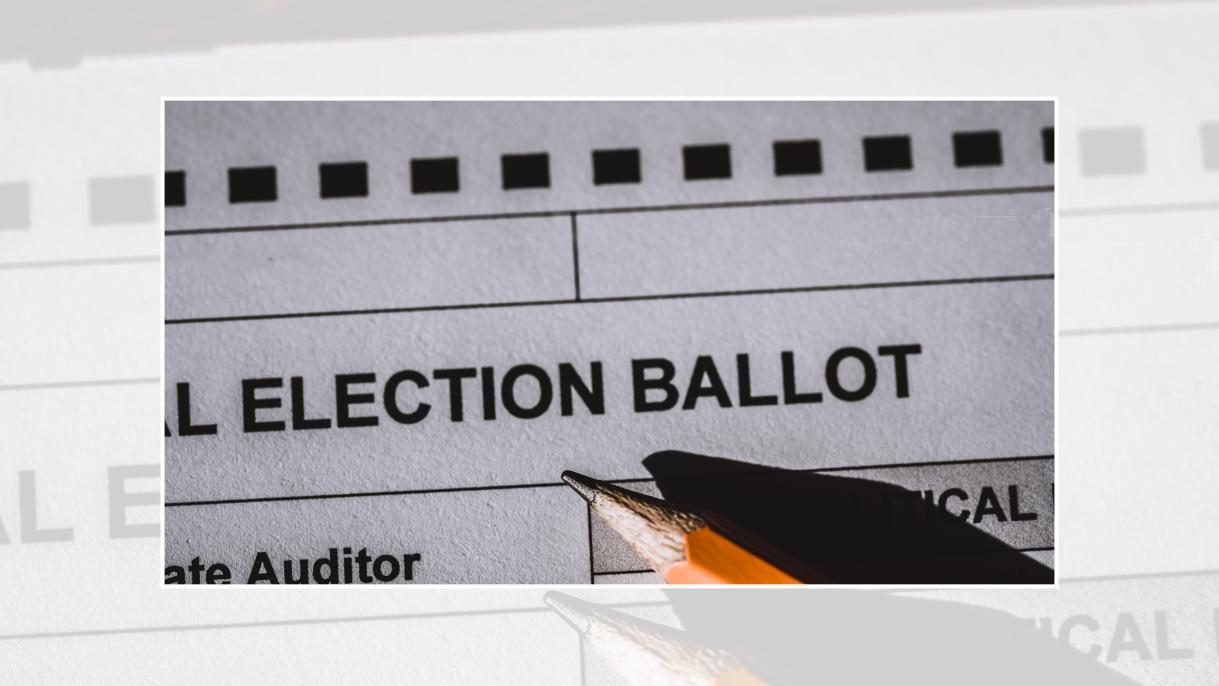

First-of-its-kind Dataset Tracks Threats and Harassment Against Local Officials
Born out of the political violence before, during, and after the 2020 presidential election, the Bridging Divides Initiative, hosted by Princeton SPIA’s Empirical Studies of Conflict program, set out to share knowledge, methods, and tools to better track and mitigate political violence across the country. Now, in the leadup to the 2024 election, Bridging Divides has released the Threats and Harassment Dataset — a first of its kind — that captures more than 1,000 events ranging from death threats to digital provocation against local officials.
The longitudinal event-based data tracks the rate, frequency, types, and targets of threats and harassment faced by a wide range of local officials around the country, from elected officials at the municipal, county, and township levels to appointed officials, election workers, and more.
The data identified four key trends:
- Hostility towards local officials is a national problem, though trends vary by locality. A threat or harassment event targeting a local official has been reported in nearly every state since 2022.
- Death threats and invasions of privacy are the top forms of hostility faced by local officials.* Death threats encompass 60% of all threats in the data set, while invasion of privacy makes up 34% of all harassment in the data set.
- Threats and harassment against local officials tend to rely on more anonymous methods, creating challenges for accountability, with over two-thirds of threats and harassment being delivered by a perpetrator who was not physically present at the time of targeting (sending emails, making social media posts, Zoom bombing, etc.).
- The ways in which threats and harassment are expressed are impacted by hot-button issues and triggering events. Perpetrators have used anti-religious language — especially antisemitic and Islamophobic rhetoric — in their targeting of officials at heightened rates since October 2023, when the Israel-Palestine conflict became a primary driver of offline mobilization.
“First, unfortunately, the data confirms a concerning trend that already emerged in our survey with CivicPulse, qualitative interviews with officials, and initial data collection: Local officials — from elected leaders to judicial officials to poll workers and others — are experiencing a real range of hostility around the country,” said Roudabeh Kishi, chief research officer of Bridging Divides Initiative.
“While the survey can give us an overall baseline over time, the event dataset can help highlight challenges to countering this hostility with more specifics. For example, the data thus far show the majority of threats and harassment are delivered virtually or remotely by anonymous means rather than in-person, making it difficult for law enforcement alone to address the impact.”
The real-time aspect of the data has allowed communities to better prepare and understand the problems that officials might face while allowing for proactive solutions where applicable.
“We’ve already seen civic engagement nonprofits, local government, state government, law enforcement, researchers, and others download these anonymized data to inform their own work to keep our communities and really our democracy safe for all,” said Shannon Hiller, executive director of Bridging Divides Initiative. “Despite the concerning hostility documented by the dataset, our broader research also finds that in many cases local officials are coming together with their communities to push back on threats and create space for de-escalation and constructive dialogue.”
The Bridging Divides team is also working alongside CivicPulse, a nonprofit organization for government officials in the United States, on a quarterly nationally representative survey of local elected officials, as well as school officials, and their experiences with threats and harassment. Additionally, the Bridging Divides team conducted in-depth, trauma-informed interviews with local officials who wish to share more about their stories. The survey, interviews, and the Threats and Harassment Dataset are all part of a larger mixed methods research project to track and understand the wider threat and harassment landscape for different types of local officials.
“We plan to continue lifting up these examples and emerging interventions throughout the course of our research, ensuring we’re talking about emerging solutions alongside these sobering trends,” Hiller said.
*Note: Further research is needed to determine if the severity of hostility affects rates of reporting. More severe forms of threats and harassment – such as death threats and invasions of privacy – may be more frequently reported due to the level of potential harm. Conversely, some feedback from targeted officials suggests that there may be less reporting on severe forms of threats and harassment due to concerns over reprisal or further hostility. BDI is regularly expanding sourcing and plans to incorporate verified self-reported data to ensure the full range of threats and harassment is captured in the dataset.

